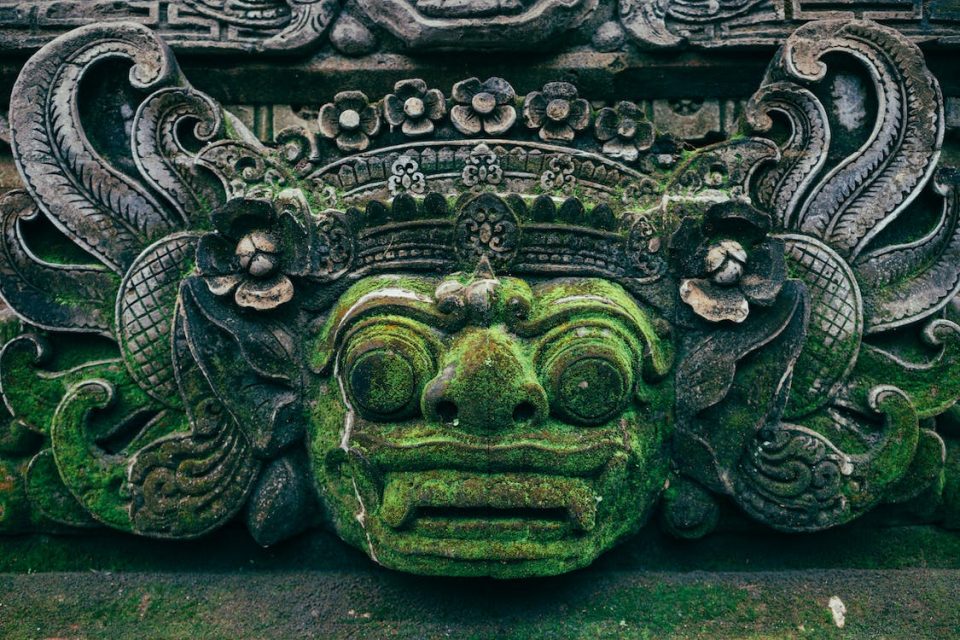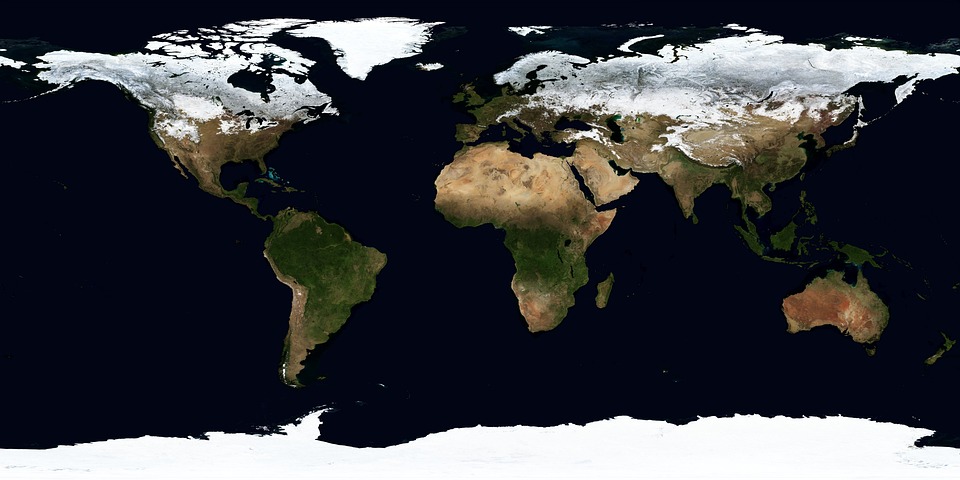
Horse breeding has been an important aspect of human society for centuries, with various breeds of horses developed over time for specific purposes. Horse breeding is a complex process that involves selecting desirable traits and ensuring genetic diversity to avoid the negative effects of inbreeding. Inbreeding is the process of mating closely related individuals, and it can impact genetic diversity in horse populations. In this essay, we will explore the concept of inbreeding, its impact on genetic diversity in horse populations, and the measures that can be taken to minimize its negative effects.
What is Inbreeding?
Inbreeding refers to the process of mating closely related individuals, such as siblings or cousins. Inbreeding can occur naturally or through intentional breeding practices. Natural inbreeding occurs when animals mate with close relatives due to a limited pool of available mates. Intentional inbreeding, on the other hand, is when breeders purposely mate closely related individuals to fix certain desirable traits.
Inbreeding can have both positive and negative effects on the offspring. Positive effects of inbreeding include an increase in homozygosity, which can result in the expression of desirable traits. Homozygosity occurs when an individual inherits two copies of the same gene from each parent. Homozygosity can lead to the expression of recessive traits, which may be desirable in certain breeds. However, the negative effects of inbreeding can outweigh the positives, leading to reduced genetic diversity and increased susceptibility to disease.
Inbreeding and Genetic Diversity in Horse Populations:
Genetic diversity refers to the variety of genes present in a population. It is an important factor for the survival and adaptability of a population, as it allows for the expression of a wide range of traits that can help the population cope with changing environmental conditions. Inbreeding can lead to reduced genetic diversity, as it increases the homozygosity of the population. Inbreeding depression is the negative effect of inbreeding on the fitness of the offspring. Inbreeding depression can lead to reduced fertility, increased susceptibility to disease, and decreased survival rates.
Horse populations can be divided into two categories: closed and open populations. Closed populations are those that do not allow outside breeding, and all individuals are closely related. Open populations, on the other hand, allow for breeding with outside individuals, leading to increased genetic diversity. Closed populations are more susceptible to the negative effects of inbreeding, as they have a limited gene pool. Breeding closely related individuals can lead to an increase in homozygosity, which can result in the expression of deleterious recessive traits.
Inbreeding coefficients can be used to measure the level of inbreeding in a population. Inbreeding coefficients are a measure of the probability that an individual inherits two identical copies of a gene from a common ancestor. The higher the inbreeding coefficient, the more closely related the individual is to its ancestors. Inbreeding coefficients can be calculated using pedigree data, which provides information on the ancestry of the individual. The coefficient of inbreeding can range from 0 to 1, with 0 indicating no inbreeding and 1 indicating complete inbreeding.
The impact of inbreeding on genetic diversity in horse populations can be seen in the example of the Thoroughbred breed. Thoroughbred horses are a closed population, with strict breeding regulations that only allow for breeding within the breed. This has led to a high level of inbreeding, with some individuals having inbreeding coefficients as high as 25%. The high level of inbreeding has led to a reduction in genetic diversity, with some traits becoming fixed in the population. This has led to increased susceptibility to certain diseases, such as exercise-induced pulmonary hemorrhage (EIPH) and oste.
In addition to the negative effects of inbreeding on genetic diversity, it can also have economic consequences for horse breeders. Inbreeding can lead to a decrease in fertility, performance, and marketability of the offspring, which can ultimately result in reduced profits for breeders. Inbreeding depression can also reduce the value of the breed, as horses with genetic defects may be less desirable for certain purposes, such as racing or show jumping.
Measures to Minimize the Negative Effects of Inbreeding:
There are several measures that horse breeders can take to minimize the negative effects of inbreeding. The first measure is to maintain an open breeding system, which allows for the introduction of outside individuals to increase genetic diversity. This can be achieved through crossbreeding, which involves breeding horses from different breeds to produce offspring with a combination of desirable traits from both breeds. However, it is important to note that crossbreeding can also lead to a decrease in breed purity and the loss of certain desirable traits.
Another measure to minimize the negative effects of inbreeding is to use inbreeding strategically to fix desirable traits while maintaining genetic diversity. This can be achieved through selective breeding, which involves choosing breeding pairs based on their genetic makeup and performance to produce offspring with desirable traits. This can help maintain genetic diversity while also increasing the expression of desirable traits.
Genetic testing can also be used to minimize the negative effects of inbreeding. Genetic testing can identify carriers of genetic disorders, allowing breeders to avoid mating individuals with the same disorder and reducing the likelihood of offspring inheriting the disorder. Genetic testing can also provide information on the genetic diversity of the population, allowing breeders to make informed decisions when choosing breeding pairs.
Conclusion:
In conclusion, inbreeding can have a significant impact on genetic diversity in horse populations, leading to reduced fertility, increased susceptibility to disease, and decreased survival rates. Inbreeding coefficients can be used to measure the level of inbreeding in a population, with higher coefficients indicating closer relatedness to ancestors. The negative effects of inbreeding can be minimized through measures such as maintaining an open breeding system, strategic inbreeding, and genetic testing. It is important for horse breeders to consider the negative effects of inbreeding and take measures to maintain genetic diversity in their populations to ensure the health and viability of their breeds.







